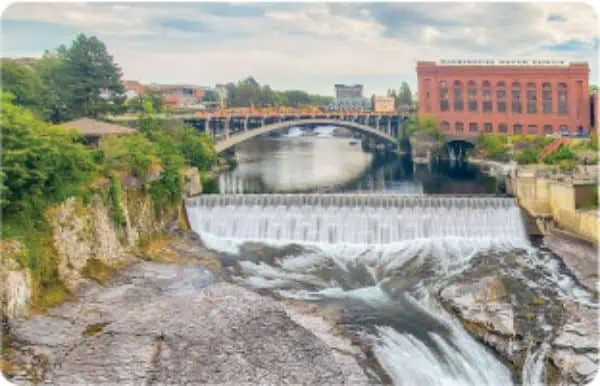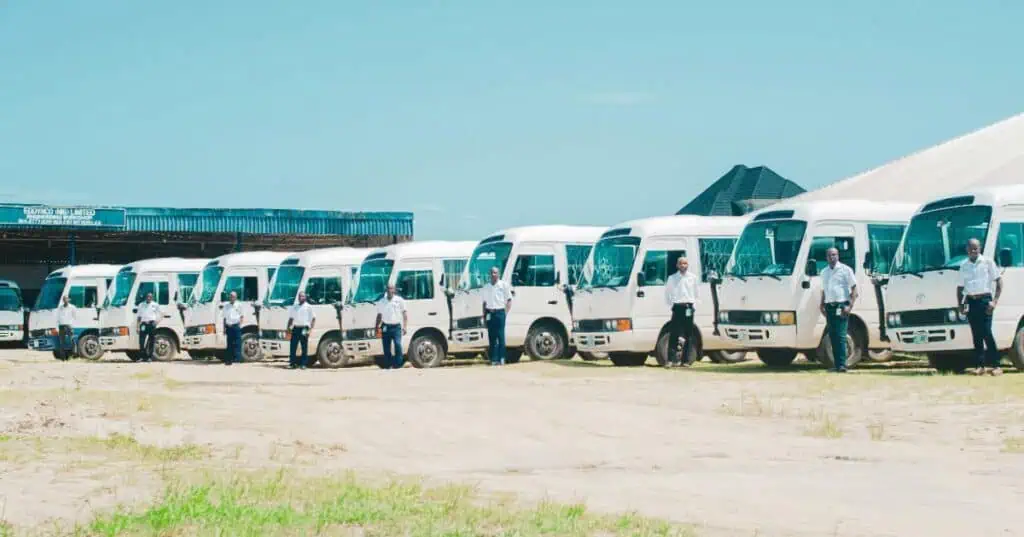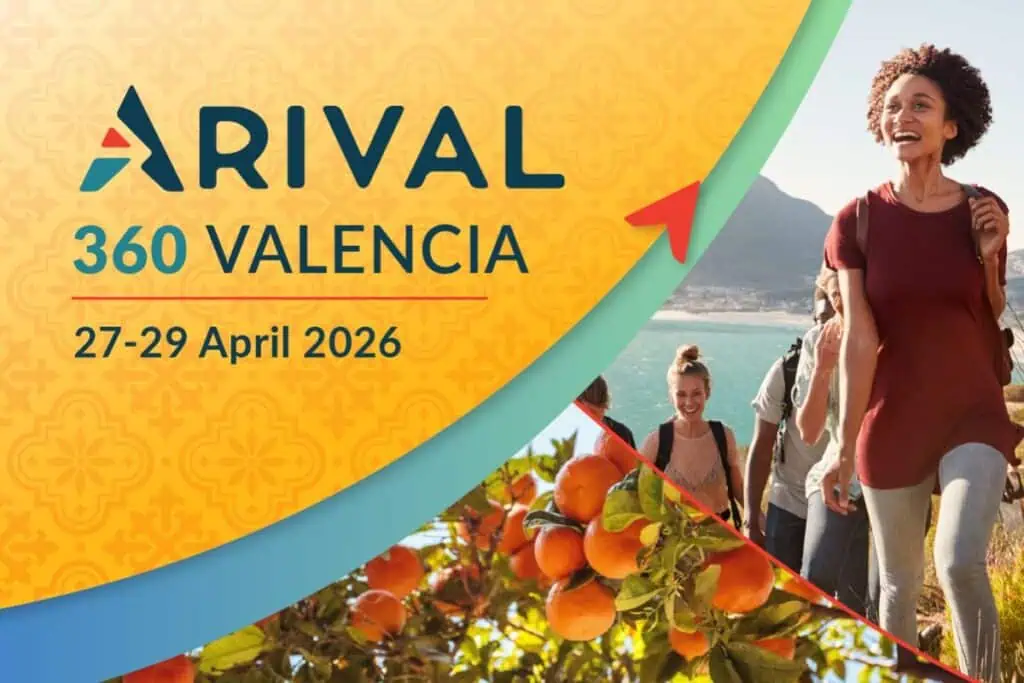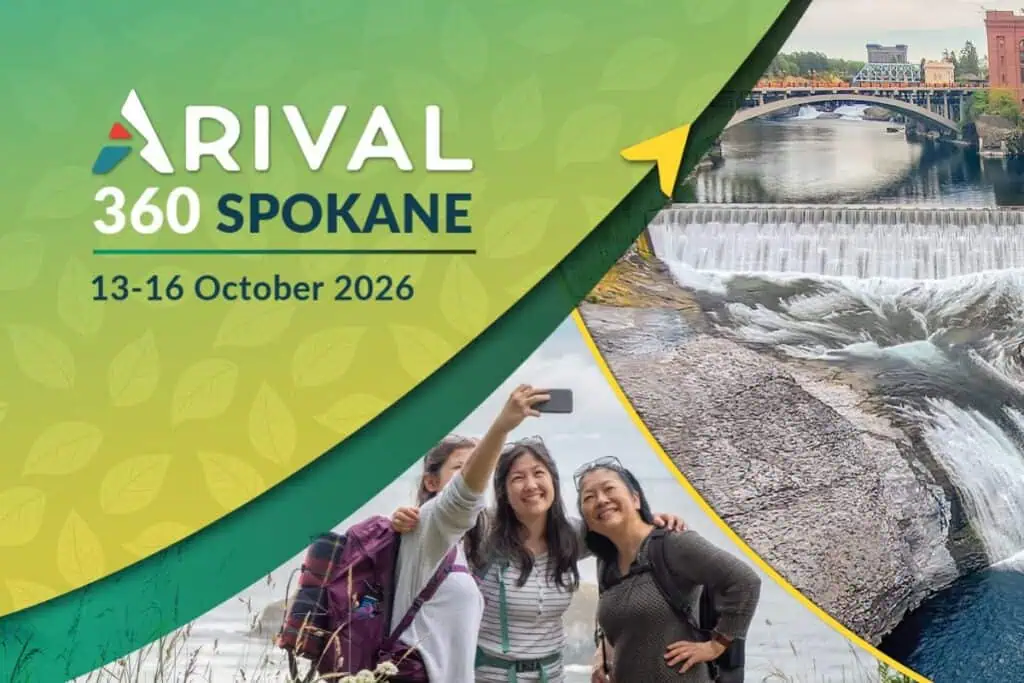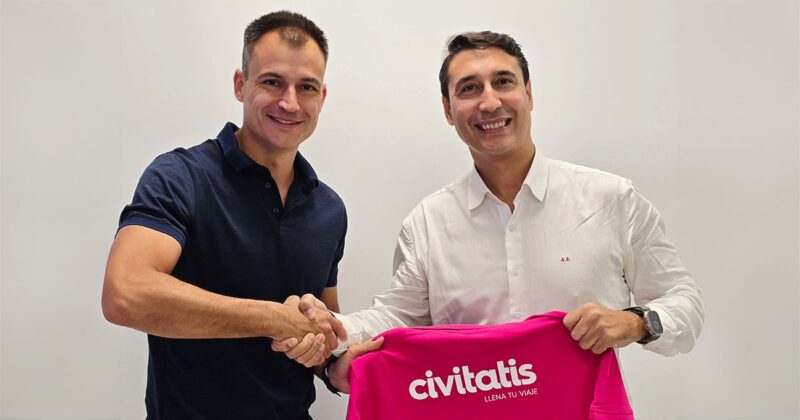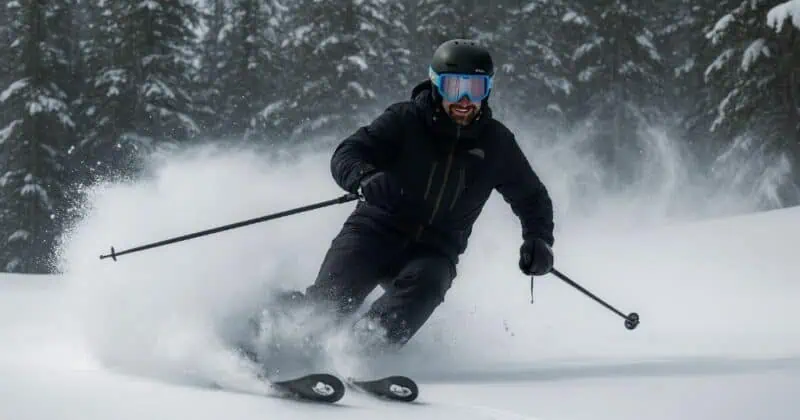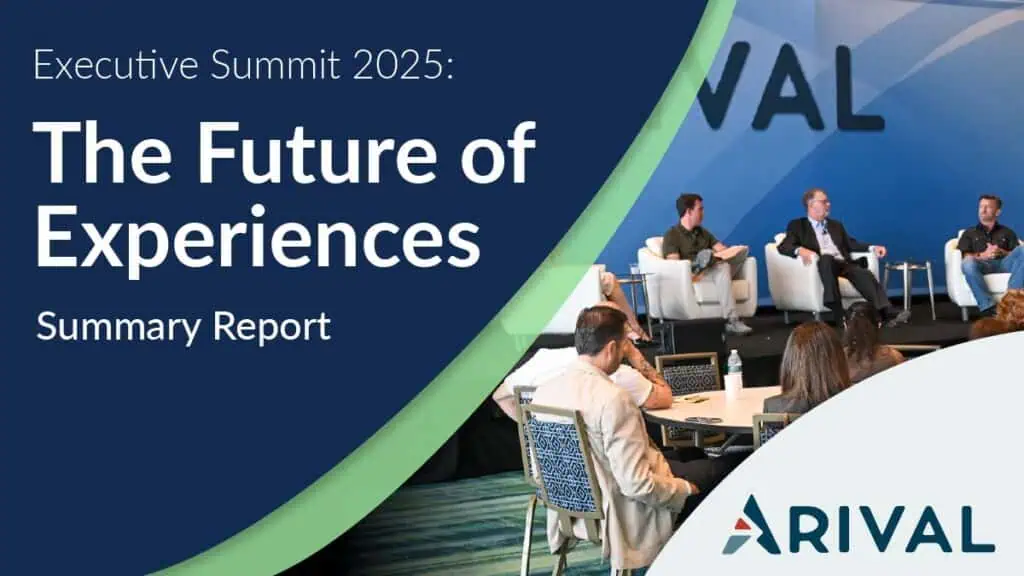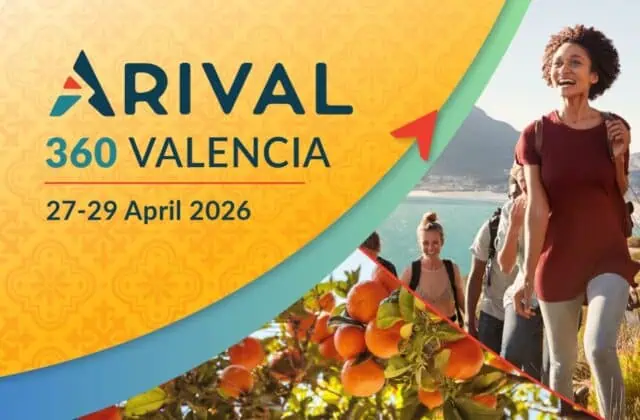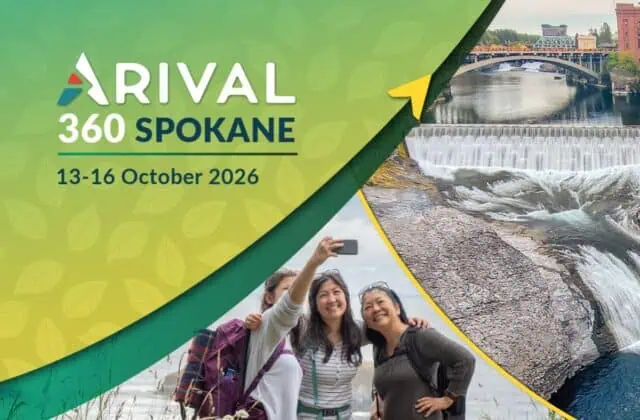Travelers in 2025 are prioritizing two key factors above all else in the tour booking decision: convenience (which includes availability and location) and price. This is according to the latest Arival report on The 2025 Tour Taker.
And when consumers prioritize price and availability above all else, the product or service in question is at risk of commoditization, explain the authors of The Experience Economy, B. Joseph Pine II and James H. Gilmore.
In their book, Pine and Gilmore set up “experiences” as the next step along the economic progression from commodities to goods to services. Since then, experiences have indeed risen to prominence, with consumers increasingly prioritizing experiences over things. However, even experiences are not immune to the pitfalls of commoditization — and travel experiences in particular, i.e. tours, may be at risk of falling into what Pine and Gilmore refer to as the “commoditization trap.”
So what does it mean to become commoditized, why is it happening to tours, and most importantly how can you make sure your experiences stand out in an increasingly commoditized landscape?

What Does it Mean to Be “Commoditized?”
Commoditization is primarily a problem of lack of differentiation. According to Pine and Gilmore, “the lack of differentiation in customers’ minds causes goods to face the constant price pressure indelibly associated with commodities. As a result, customers more and more purchase goods solely on price and availability.”
They refer to this as the “commoditization trap.”
And with travelers increasingly choosing tours based on those two things — price and availability — experiences themselves are at risk of becoming commodities.
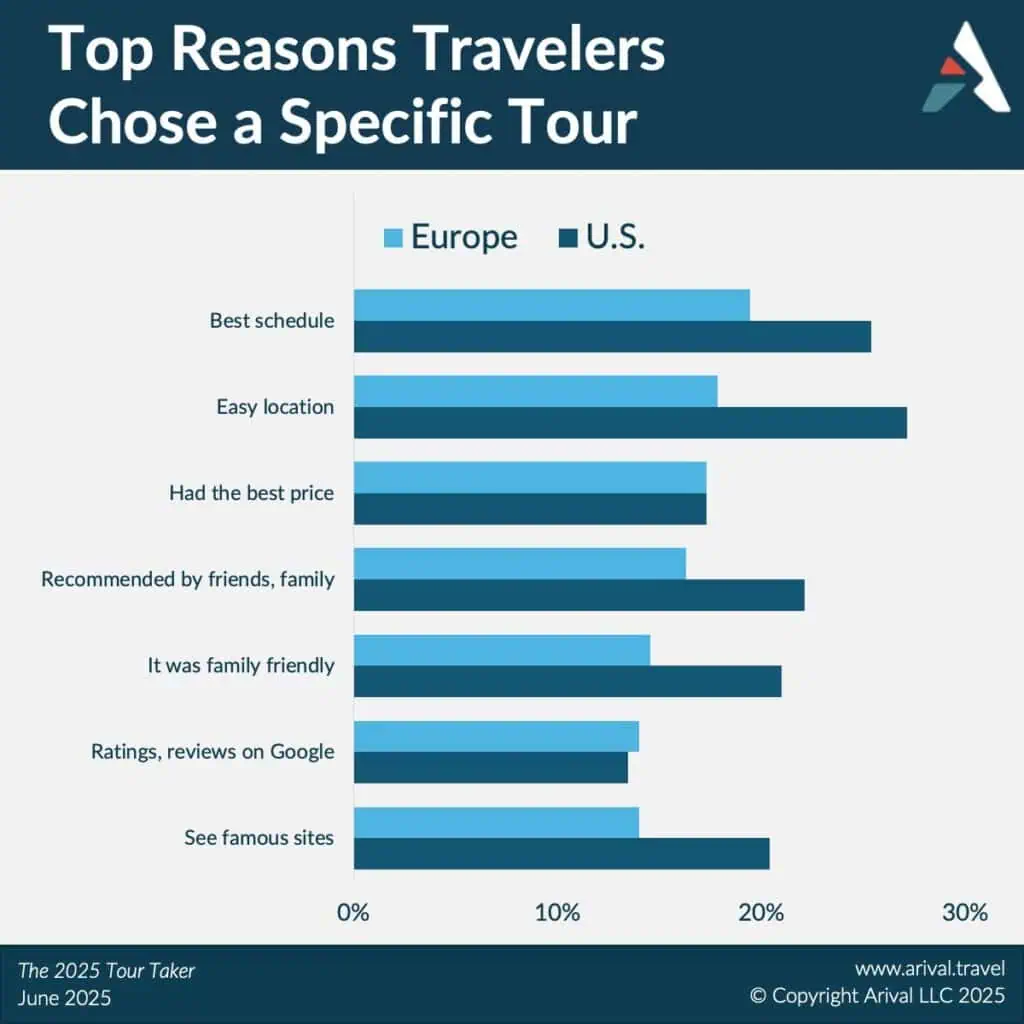
How are Tours Becoming Commoditized?
One significant contributing factor, which came up in the recent Insider Pro Meetup on navigating the uncertainties of the 2025 summer season, is the impact of online travel agencies (OTAs).
“OTAs are commoditization engines,” says Brian Nicholson, Partner at Blend Travel Marketing, in an interview with Arival. Many OTAs hide individual tour operators’ brand names on their experience listings, and list similar experiences side-by-side, which contributes to price and availability being the top differentiating factors.
To make matters worse, many operators are repeating the same patterns that strip them of differentiation on their own websites, Nicholson explains.
“ You’ve got an itinerary section, you’ve got an inclusion section, you’ve got a description section, you’ve got your booking button, and that’s it,” says Nicholson. “ You don’t have any brand voice coming through those high level headlines that people actually skim and scan. So people walk away from those websites… with no hook in their mind about your difference, because there’s just way too much text to digest.”
But it doesn’t have to be this way — Nicholson has a few ideas of how travel experience operators can resist the movement towards commoditization and “stand out in a sea of same.”
27-29 April 2026
Insider Pro Access Members Save 20%
THE event of the year for the European in-destination experiences industry
Save up to €730 with a Holiday Savings Ticket!
How Can Tour and Activity Operators Stand Out Online?
There are a few things operators can do to differentiate themselves online, both on OTA listings and on their individual websites.
1. Find What Makes You Different — And Shout It Out!
The first step is to identify what differentiates you from your competitors, and shout it from the rooftops — not bury it in your FAQs.
“ One of the burdens that is on tour operators is to educate the consumer in your micro industry,” Nicholson explains. “If you don’t highlight for them the things that they should care about, then they’re never going to compare your feature or your take on that particular subcategory against your competitor’s take on that same factor.”
Nicholson shares an example of a rafting company that operates in the same area as a dozen other very similar rafting companies. “You talk about commoditization, these companies all raft down the exact same river. They park their buses at the exact same launch point,” he explains.
So how did one rafting company differentiate themselves in a “sea of sameness?” Long story short: tacos.
2. Use Your Feature Photo Wisely on OTA Listings
“ The OTA tries to strip away your identity. One of the few places where you can keep your identity front and center is in your photography,” says Nicholson.
Your feature photo is a key place to show what makes your experience special. For example, there may be multiple sailing tours in your destination, but what makes yours special? If yours is a small group sailing trip that includes wine and cheese, for example, make sure your primary photo illustrates that.
Also, while many OTAs remove individual company names, there are ways you can make sure your brand is visible on your listing, Nicholson explains. While OTAs don’t allow you to watermark photos, you can choose to feature photos of your activity that include your brand in some way — such as on the clothing of the guide in your photo, or a logo on the sail of your ship, for example.
3. Inject Personality Into Your Website Headlines
“ People skim, people scan. People do not read,” says Nicholson. Most website visitors don’t read your text in detail, so you need to make the most of what they do see — such as headlines.
Don’t fall into the trap of sticking with the generic headlines the OTAs impose on your own website, Nicholson cautions. Instead, use your headlines and section headings as an opportunity to illustrate how your brand is different.
“How can you craft some words, a phrase that is meaningful for your brand, instead of just ‘inclusions’ or ‘what’s included’,” says Nicholson. How can you be memorable?
4. Make Your Differences Clear for AI
Humans might not read as much anymore, but AI does — in a sense.
”Wherever you’re mentioned across the web, on your website, or other websites make sure that you have done more than just say what you categorically do,” says Nicholson. “You want to craft a clear distinction.”
To show up for AI, you need to provide information about what makes you different, and ensure that’s clearly stated in the text surrounding your name where it appears online, Nicholson says.

13-16 Oct 2026
Insider Pro Access Members Save 20%
THE event of the year for creators and sellers of destination experiences to connect, learn & grow.
Get YourSuper Early Bird Ticket Through 13 January!
How Can Experiences Escape “The Commoditization Trap”?
While there are things individual companies can do to stand out online in “sea of same,” the fact remains that the travel experiences sector is sliding towards commoditization.
So how do travel experiences — tours, activities and attractions — continue to stay ahead of the commoditization trap? What is next along the economic progression from commodities to goods and services to experiences?
Author Joe Pine has some ideas, which go beyond experiences into the realm of transformation, where businesses go beyond offering memorable moments to facilitating personal change. He will be exploring these ideas in his forthcoming book The Transformation Economy — and at the upcoming Arival event in Washington, D.C., as our keynote speaker.
Here’s a preview of what Pine has to say:
What’s Next for Travel Experiences?
Join us at Arival 360 | Washington, DC to learn from industry leading experts and thought leaders, including keynote speaker Joe Pine. We’ll discuss the future of travel experiences and experience design, insights from the latest consumer research, and how to stand out and attract more bookings online, on social, and in the age of AI.
Also, learn more about the experiences traveler in the latest Arival consumer report on The 2025 Tour Taker, exclusively for Arival Insider Pro Access members, which delves inside the minds of U.S. and European tour takers: who they are, what they want, and what operators need to know in 2025.

The 2025 Experiences Traveler Research Series
This consumer research series delves into the wants, preferences, attitudes and buying habits of the U.S. experiences traveler. Based on a survey of 2400 travelers from across Europe and the U.S., this series of reports examine different aspects of the tours, activities and attractions traveler: who they are, what they book, why they book and what they want, how and when they book, what matters most to them, and much more. This is an essential research series for any creator or seller of in-destination experiences in the U.S. and Europe.
Find the full list of publications in this research series here:
Become an Insider Pro Access member today and get access to the full library of Arival research, plus many other benefits such as free consulting sessions, special discounts and 20% off in-person events, starting from $179 per year.
Sign up to receive insights tailored for the in-destination industry as well as updates on Arival.
Header photo: Pexels / Abasiakan

